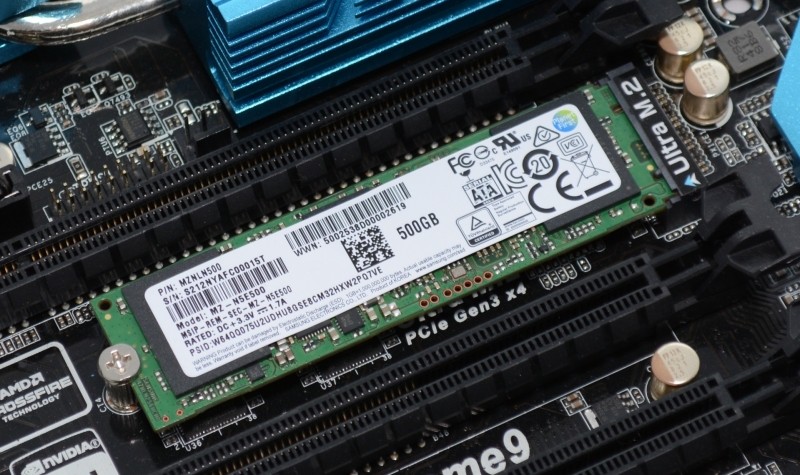"To put that into perspective I have been running a Samsung SSD 840 Pro drive in my main system for two and a half years now and have only written 27TB worth of data."
How does one go about checking this information on an SSD? I just installed my first SSD, the Samsung 850 EVO 250GB, literally just a couple of days ago. I thought, what the heck, I'll install the latest build of Windows 10 on it from a USB flash drive I got. Windows 10 UI still sucks so there is probably zero chance of it ever becoming my main OS.
But back on point to my freshly installed SSD 250GB drive, where I can see and monitor how much data it has written so that I can monitor the estimated time left to read only status?
Is that data specifically saved on the SSD somewhere as meta data or is it operating system dependent? Is it SSD dependent? Is it embedded in the SSD or is it something you have to install additional software to use? And if it requires installing additional software, would it only be able to monitor from the time of that software installation or is the data computable from the SSD characteristics itself? I guess that's asking the same question twice. I'll shut up now.
Thanks for reading.
Edit: "At the time, mainstream SSDs were limited to the SATA 6Gb/s interface and although some used PCIe adapter cards, they were expensive and far less practical." If all you mean by less practical is the bang for buck is a ripoff, okay, I would agree.
What is so less practical about moving an SSD to the PCIe adapter interface? I think it's cool as hell. The thing I hate about the Samsung 850 EVO SSD I just installed is that the damn drive itself is smaller than all the cabling that you have to attach to it. I was afraid of breaking the drive more than hurting the SATA data and power cables.
Please explain how PCIe SSDs are so less practical than their SATA III siblings?
I regret my first purchase not being a PCIe SSD but the old bang for buck philosophy I go by prevented me from going that route.
I honestly think PCIe SSDs are the sweet spot between having the hassle of all the damn cabling on the SATA-3 SSDs and having a drive so small it's scary. I just installed a mini-PCIe network adapter and It comes with a steel brace to hold it up.

